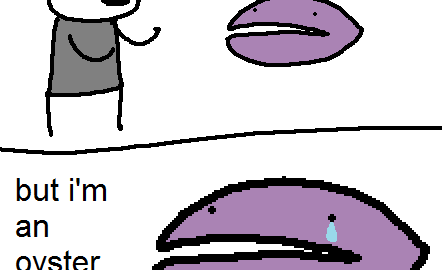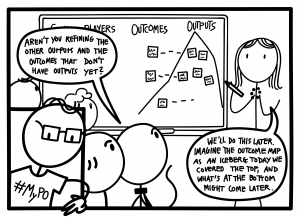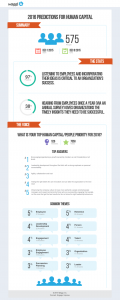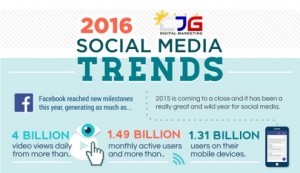
In case you haven’t noticed, websites on the Internet are all starting to look very similar to each other. If this is news to you, I’ll pause for a second for you to go confirm…
See what I mean?
Now that we are on the same page, I’m going to tell you something that probably seems a little crazy: I freely admit that many of the websites I build look the same at a basic level, and it’s totally okay.

As we say at Quintain HQ, “Clam down. It’s ok.”
The Shift
For the last two to three years, the full-width website with a large and defined hero image that includes an overlay of a declarative statement of purpose in white text has become a standard. It’s gotten to the point where, as a user, you kind of expect a website to look this way. I refer to this as a “design trend,” even though the term itself isn’t very popular. But designers follow trends because they are proven recommendations for function and control while meeting user expectations.
Having a website that is familiar feels comfortable to users. That’s important, because the useability of a website for visitors goes hand-in-hand with familliarity.
Designers know this, so they keep applying the same formula again and again to enhance this positive user experience. When your site is so different that it requires a person to think too hard about how to use your website, you’re going to lose. That’s because good design is transparent, and a visitor on your website should never even know it exists.
The Differentiator
When it comes down to it, content is king for websites, not design. That’s our story and we’re sticking to it.
It’s sad, but true fact that anyone who can set up a Facebook account can set up a website and publish their own content. And relevant content is really what sets a site apart. Being able to help a website visitor by clearly identifying and solving a pain point is what leads them to your site, gets them to convert and keeps them browsing through additional content.
“When it comes down to it, content is king for websites, not design.”
That means your website should be a platform that allows this content to take center stage. When the site itself has too many bells, whistles and distracting elements, people will become confused. Users shouldn’t have to think, so by letting your content do the talking, you are setting yourself apart via thought leadership – the real reason a potential client is interested in your solution as opposed to your competitors.
Creativity Still Blossoms
Don’t fret. Just because everything is starting to look similar doesn’t mean the design world is failing. Creativity is still just as prevalent as it always has been. In fact, it could be argued that being a creative is even more of a challenge. Web technology has taken a serious leap forward in the last three years.
Designers are now enamored with not only the look and feel of a site, but the functionality. Fusing together form AND function has always been and will be a challenge. But we are starting to see acceptance of this blend out there in today’s Internet landscape, as well as some mind-blowing solutions. Designers are able to focus on the capabilities of a device, thinking about how content can be reached by users to create a truly great experience.
We designers are innately curious, and current trends are providing a solid and proven foundation that allows for limits to be tested in terms of functionality and user experience. The results are groundbreaking, but they wouldn’t be possible without the “sameness” of modern day web design.
Seriously, It’s Okay
When I reiterated this poised and reactive reasoning for why all of my websites look the same recently, I got a response from a client I wasn’t expecting:
“We think about user experience the same way when we design our products. This makes a lot of sense.”
Bingo. The potential client inked the deal a week later and they are proving to be one of the best fits we have ever had. Sometimes, all it takes is a little perspective…and a consistent user experience.
If you’ve been grappling with a website redesign in fear that your website isn’t standing out from your competition, stop. Take a breath and realize that it’s ok. At this point, realize what this design means for your user’s experience on your website. If you are still apt to tinker, I suggest a Growth-Driven Design approach. Growth-Driven Design is agile and takes strong consideration from defined metrics in making changes to your site.
What do you think?
Has the internet become a boring place, or is the experience becoming less painful due to consistency. Let me know in the comments or take the conversation!
Digital & Social Articles on Business 2 Community
(151)







